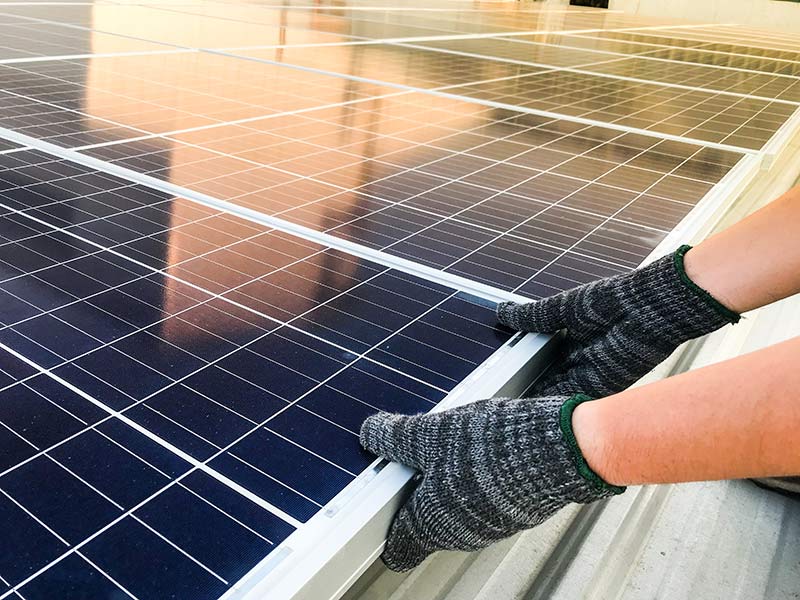
Your solar panels are designed to deliver reliable energy for years — so when your system suddenly stops producing power, it can be frustrating.
Whether your monitoring app shows zero output or you’ve noticed higher utility bills, understanding the root cause is the first step toward restoring performance.
Here are the top five reasons your solar panels aren’t producing power — and how professional diagnostics can help get your system back on track.
1. Dirty or Obstructed Panels
It might seem simple, but dirt buildup is one of the most common causes of reduced solar performance. In Texas, dust, pollen, and even bird droppings can block sunlight and limit energy production.
Signs:
- Gradual drop in output over time
- Lower production during sunny conditions
Fix:
Schedule a professional cleaning to safely remove buildup. Solar-safe cleaning methods protect your panels and restore full efficiency.
2. Faulty Inverter or Connection Issues
Your inverter is what converts DC power from your panels into usable AC electricity. If it fails or loses connection, your system won’t produce energy — even if your panels are generating it.
Signs:
- Red or flashing error lights on the inverter
- Monitoring app showing “no data” or “offline”
Fix:
A licensed electrician can test voltage output, check for loose wiring, and reset or replace the inverter if needed.
3. Weather Damage or Roof Impact
Texas weather can be harsh on solar systems. Hail, wind, or falling debris may crack panels or loosen mounts, disrupting performance without obvious visual damage.
Signs:
- Drop in output after a storm
- Cracks or visible impact marks
- Leaks around roof mounts
Fix:
Schedule a post-storm diagnostic. Professionals will inspect wiring, flashings, and voltage flow to pinpoint and repair the issue.
4. Tripped Breaker or Electrical Fault
Sometimes, the problem isn’t with your panels at all — it’s inside your home’s electrical system. A tripped breaker, blown fuse, or disconnected circuit can interrupt power flow.
Signs:
- All panels offline
- Sudden loss of production
- Breakers in the “off” position
Fix:
Licensed electricians can test your system’s electrical pathways and reset connections safely. Avoid DIY fixes — solar circuits carry high voltage even when disconnected from the grid.
5. Monitoring System or Software Error
If your panels appear fine but your app shows no production, your monitoring system may be the issue. Connectivity problems, Wi-Fi interruptions, or outdated firmware can cause inaccurate readings.
Signs:
- App shows zero data, but system seems normal
- No alerts or warnings despite low readings
Fix:
Have your solar technician reset and recalibrate your monitoring device to ensure accurate performance tracking.
Bonus: Degraded or Aged Components
Over time, solar panels naturally lose a small percentage of efficiency. However, if performance drops sharply, it may indicate inverter wear, wiring corrosion, or panel degradation that needs professional assessment.
How Diagnostics Restore Your System’s Power
A professional solar diagnostic includes:
- Voltage and current testing across all panels
- Inverter performance analysis
- Connection and wiring inspection
- Monitoring system recalibration
This detailed process identifies the exact issue, ensures your system is safe, and restores production quickly.














